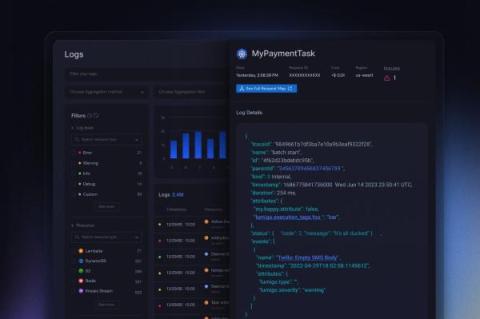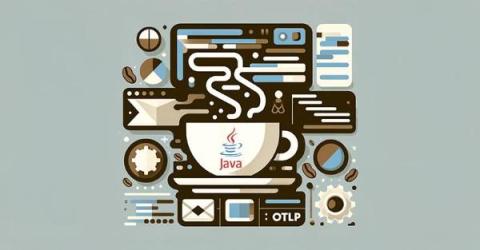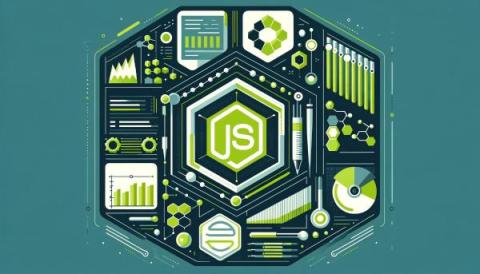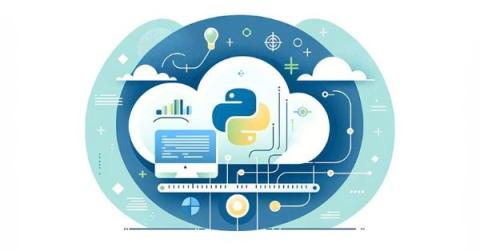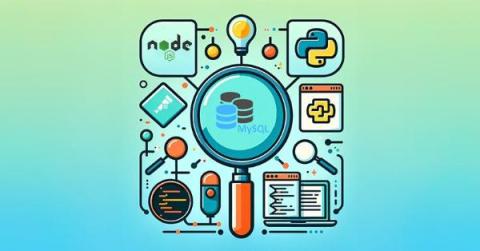Lumigo's Observability and Troubleshooting Platform
Lumigo is an observability and troubleshooting platform that autonomously deploys Observability in under 5 minutes with a single click, automatically capturing and contextualizing all of the metrics, logs, and distributed traces developers need to troubleshoot microservice issues in production. Lumigo is the only observability platform that enriches traces with complete in-context request and response payloads and correlates them to the relevant logs and metrics, enabling developers to resolve issues up to 80% faster.



